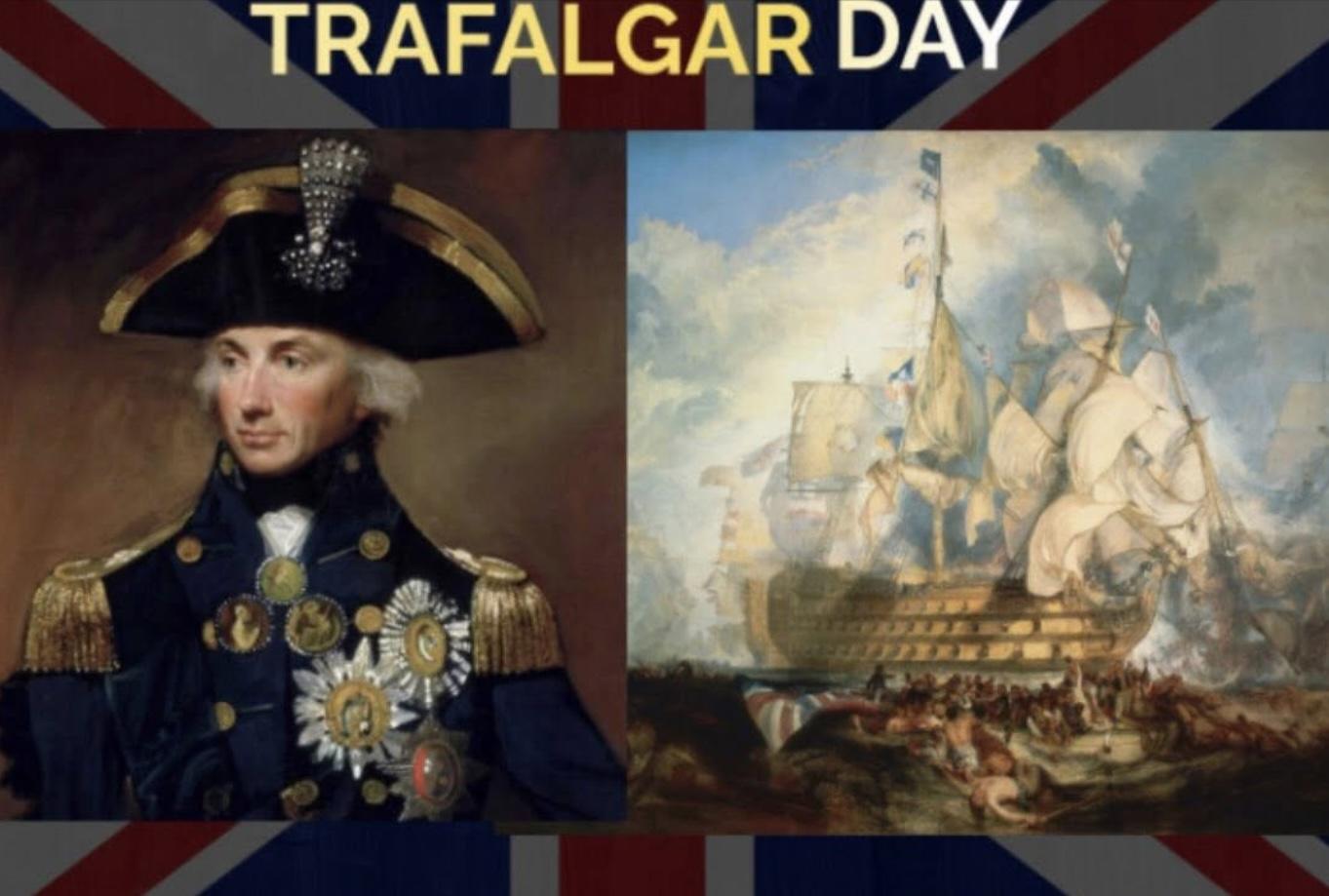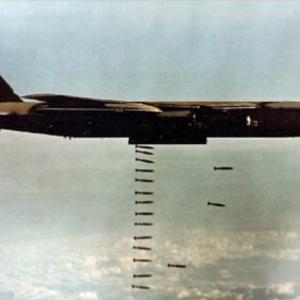
Historical history on this day…
The Battle of Trafalgar, fought on October 21, 1805, stands as one of the most significant naval engagements in history. It took place off the southwest coast of Spain near Cape Trafalgar, during the height of the Napoleonic Wars. This battle pitted the British Royal Navy, under Vice-Admiral Horatio Nelson, against the combined fleets of France and Spain. The outcome not only ensured British dominance of the seas but also reshaped naval warfare for generations to come.
The roots of the battle lay in Napoleon Bonaparte’s desire to invade Britain. To do so, he needed to secure control of the English Channel, which was heavily guarded by the Royal Navy. Napoleon’s plan involved drawing the British fleet away from the Channel long enough for his invasion force to cross from France into England. To achieve this, he ordered the French and Spanish navies to combine their forces and lure the British fleet into a trap. However, delays, poor coordination, and British blockades thwarted his intentions. By late 1805, the French and Spanish fleets had consolidated in the port of Cádiz, and the British fleet, under Nelson’s command, maintained a watchful blockade just offshore.
The combined Franco-Spanish fleet, commanded by French Admiral Pierre-Charles Villeneuve, comprised 33 ships of the line, including powerful warships from both nations. The British fleet, slightly smaller with 27 ships of the line, was outnumbered but vastly superior in training, discipline, and naval tactics. Nelson, renowned for his unorthodox strategies, devised a bold plan to defeat the larger fleet.
Rather than follow the traditional approach of lining up parallel to the enemy and exchanging broadsides, Nelson divided his fleet into two columns and sailed them directly at the enemy line at a perpendicular angle. His intent was to cut through the Franco-Spanish line in two places, breaking their formation and creating chaos among their ranks. This would allow British ships to engage at close quarters, where their superior gunnery and seamanship could prove decisive.
On the morning of the battle, Nelson’s flagship, HMS Victory, led one column, while Vice-Admiral Cuthbert Collingwood led the other aboard HMS Royal Sovereign. As the British columns approached, the combined fleet struggled to maintain cohesion and was caught unprepared for the unorthodox British attack. The British ships broke through the enemy line as planned, isolating and overwhelming sections of the fleet in a series of brutal, close-range battles.
The engagement was fierce and bloody. Many ships on both sides sustained heavy damage, and thousands of sailors were killed or wounded. During the battle, Nelson was shot by a French sniper aboard the Redoutable and died later that day. His death was a devastating personal loss for Britain, but his victory was complete. By the end of the day, the British had captured or destroyed 22 enemy ships without losing a single one of their own.
The Battle of Trafalgar decisively ended Napoleon’s hopes of invading Britain. It also marked the end of French naval power as a serious threat for the remainder of the Napoleonic Wars. The British Royal Navy emerged from Trafalgar with unchallenged command of the seas, a dominance it would maintain throughout the 19th century.
In terms of tactics, Trafalgar signaled a shift in naval warfare. Nelson’s bold use of breaking the line and focusing on decisive, aggressive action became a model for future naval commanders. The battle also demonstrated the critical importance of superior training, leadership, and morale. Rather than relying on rigid formations, Nelson emphasized initiative and decisive engagement, setting a precedent that modern navies would come to value.
Trafalgar remains one of Britain’s greatest naval victories. Though the cost was high, with over 1,500 British casualties and the loss of their most celebrated admiral, the victory ensured that Britain would remain free from invasion and capable of projecting power across the globe. The legacy of the battle, and of Nelson himself, continues to be remembered in Britain’s naval tradition and in monuments such as Nelson’s Column in London.










